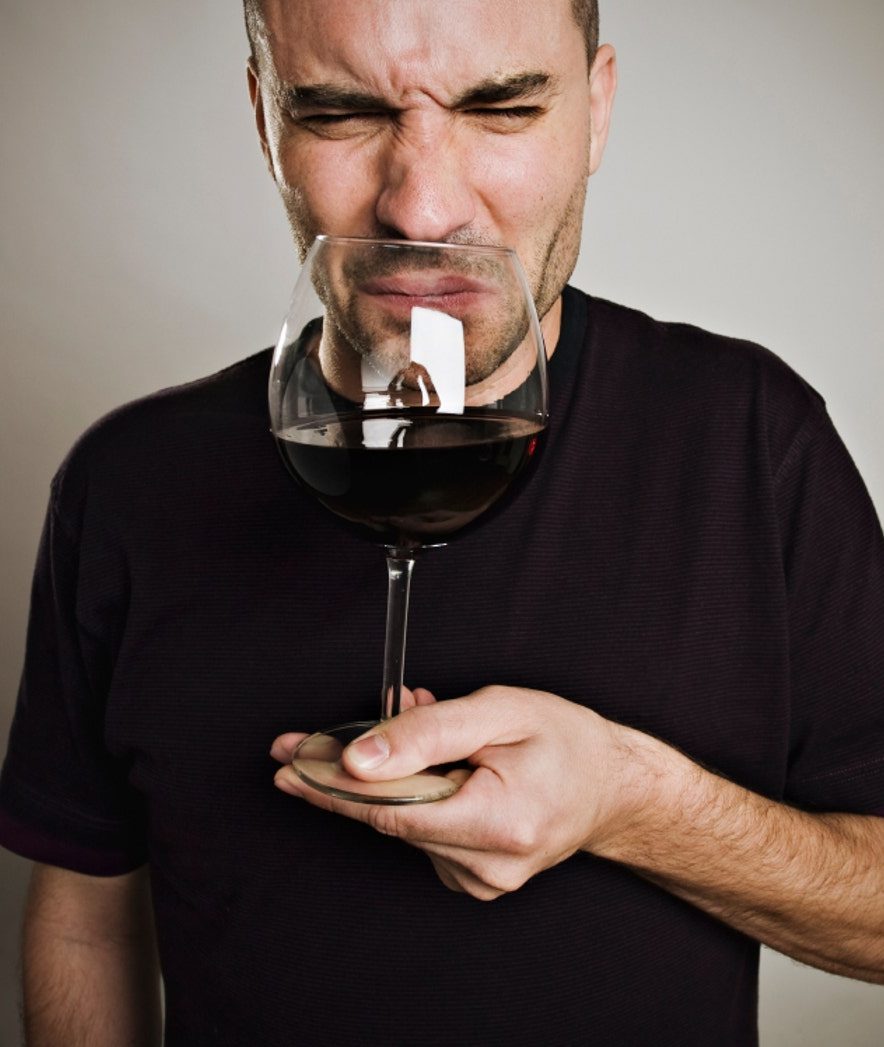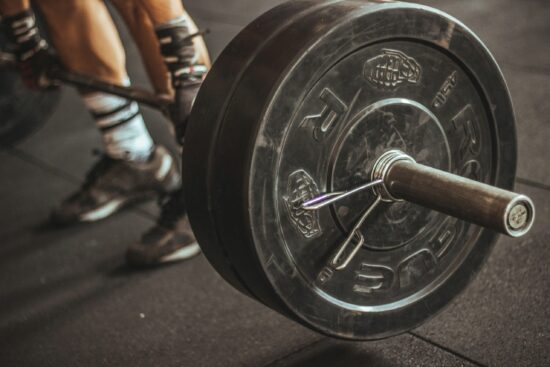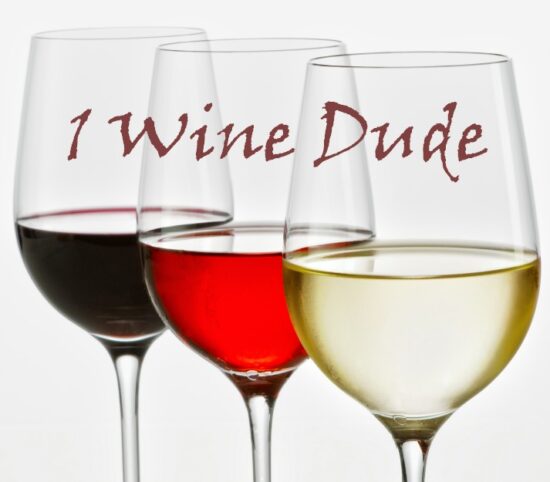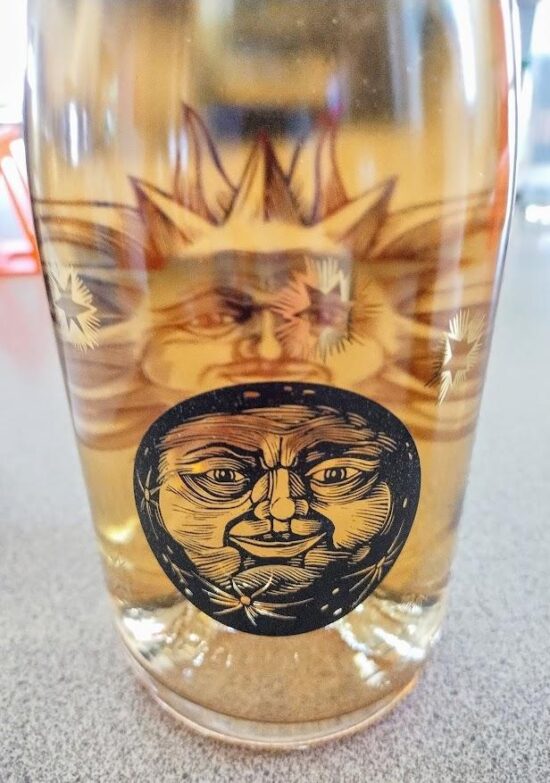Five Wines Loved by Sommeliers…But HATED by Everyone Else
Drink What You Like?
“Drink what you like” has become the slogan of the wine cognoscenti.
You hear it everywhere: in restaurants and wineries, not to mention countless articles, books, and blogs.
Aware that wine has a reputation for snobbery and elitism –not to mention an impenetrable vocabulary– their goal is simple: democratize the idea of wine so that more Americans catch the “wine bug.”
Conveniently, it also drives sales.
And there’s the rub: no one in the wine industry really means it. If you doubt that’s true, give a bottle of Blue Nun or white zinfandel to any of these folks and watch them catch the vapors.
Don’t Accept the Sales Pitch
In fact, this simple phrase has done a disservice to both producers and consumers alike. First, the vast array of wines available in the world today means it’s more likely than ever that someone can find a wine they like. And second, it presupposes that American palates are permanently stuck on the children’s menu, incapable of appreciating new taste sensations.
There’s no doubt that certain wines are challenging and daunting at first. But that doesn’t mean wine people are masochists. Instead, it’s more often the case that consumers have been exposed to an inferior version of the grape or are put off because of a popular but ubiquitous misconception about a particular wine.
The Five WInes
Fellow sommeliers, let’s champion a new credo. Let’s help consumers discover why certain wines are magical and interesting, contrary to popular belief. That is the ultimate flex.
Here’s our list of the top five wines that sommeliers love and most people hate:
Riesling.
The penultimate wine sin of the 21st century is riesling’s reputation as an insipid, bottom-tier wine. Treacly, mass-produced versions of this grape flooded the American market after World War Two. Nevermind that riesling is one of the most ancient and expressive vines known to man. For centuries, producers in the Mosel and Rheingau have created transcendent wines in a variety of styles: from dry (kabinett) to sweet (trockenbeerenauslese) and even sparkling (sekt).
Today, riesling is known as the “sommelier’s best friend” because of its ability to pair with a wide variety of food. The best versions are bone dry and exude minerality and perfectly-ripe orchard fruits. Introduce a dry Finger Lakes riesling with sushi or tempura and dare anyone not to be won over.
White Burgundy.
White Burgundy seemingly has everything going for it: prestige, luxury bottlings, and age-ability. Yet Americans are loath to try anything made from the dreaded “c” grape: Chardonnay.
This is our own fault. With its rancid butter and pumpkin spice notes, exposure to mass-produced California chardonnay can turn anyone off to the grape.
What Americans don’t know is how well this grape captures terroir –a distinct sense of place– and varies widely based on winemaking acumen. A classic white Burgundy abounds with crisp apple and anjou pear on the nose, and pleasant chalky notes on the palate. Served alongside fresh kumamoto oysters, its deliciousness cannot be denied.
Gamay.
Precious few Americans choose to drink pink…



